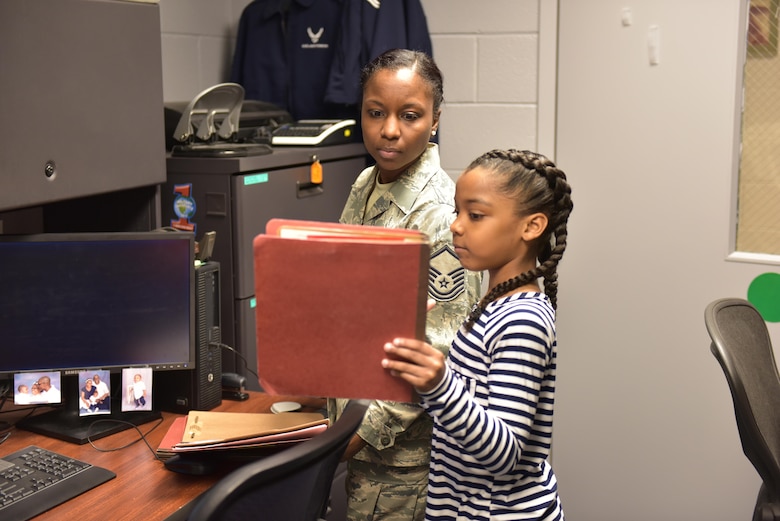The end of the year approaches quickly and with it comes the most important part of the PYP8 curriculum which is called Exhibition. According to the website Whatisib, the IB exhibition is a: “culmination of PYP, a rite of passage from the PYP to the MYP, a celebration of learning, and finally, a demonstration of what it means to be a PYP student, applying what they (students) have learned and who they have become throughout their journey in the PYP (essential elements)”.
Apparently, it seems to be a lot of work for kids that are only 11 or 12 years old. Yes, it is a huge amount of work, and teachers stress out as much as students with this whole process. In my opinion, it should not be stressful at all, once this is the time to show what they really learned throughout their years in an IB school. There are some problems, though, that teachers just can’t anticipate.
What happens to students that have just arrived at an IB school? What happens to the ones that did not try their hardest during all those past years? What if the topic chosen by students seem too complicate for their age? How do teachers deal with students that are not really connected to the process? These are answers I am still struggling to find the answers... Even after years teaching at IB schools.
I’ve been following close the whole process of the Exhibition from this school I am working at this moment. The same problems happen and the same questions arise as the process follows. It wouldn’t be so fun if it were easy, right? The practice I want to share today is related to Exhibition.
Mr. W decided to teach his students how to analyze data since pupils would probably have to deal with it when their research starts with the Exhibition process. So he asked students to look for some pie charts they can find online and that are related to the topic students chose to work with. They found things like this:
The question that made students think about the pie charts is: how was it done? Students investigated how the pie chart is done and came up with some conclusions. The whole class started a discussion on a “how to do” kind of thing. They wrote down the instructions and started to try out their own charts.
Mr. W asked students to write down questions related to their topic and some possible answers. Students followed the instruction and made a Google Form. They went interviewing one another inside their classroom. All the answers were recorded and the result was supposed to be presented in a form of a pie chart.
The pie chart was copied and pasted to a Google Sheets document and under it each student wrote their interpretations and conclusions. After that, they shared their thoughts with the other students. The conversations after their conclusions showed if they had clear ideas about their findings or needed further explanations of the data found.
What I liked most about this activity was the provocation before the lesson was taught. Having students investigate about how to do it before teaching was also a high point. Students could get curious to learn about something they usually think that is boring. And to end up with the great class, the hands-on pie chart with the explanations that followed could prove that students really mastered the learning or not.
I liked to see that after a while students were all looking at the pie charts they found online in order to test their ability to interpret whatever data they could find. It did not matter if the data was related or not to the topic, they were proud they could understand what those colorful pies were trying to say.











